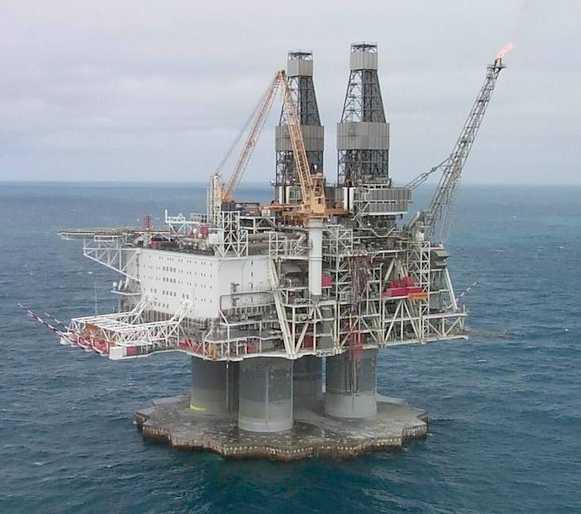Horizontal oil and gas well drilling has become one of the most valuable technologies ever introduced in the business. It is an enhanced oil recovery (EOR) or gas recovery method that is becoming more and more popular as the price per barrel of oil gets higher.
Unlike a directional well that is drilled to position a reservoir entry point, a horizontal well is commonly defined as any well in which the lower part of the well bore parallels the oil zone. The angle of inclination used to drill the well does not have to reach 90° for the well to be considered a horizontal well. Applications for horizontal wells include the exploitation of thin oil-rim reservoirs, avoidance of drawdown-related problems such as water/gas coning, and extension of wells by means of multiple drain holes.
Cost experts have agreed that horizontal wells have become a preferred method of recovering oil and gas from reservoirs in which these fluids occupy strata that are horizontal, or nearly so, because they offer greater contact area with the productive layer than vertical wells. While the cost factor for a horizontal well may be as much as two or three times that of a vertical well, the production factor can be enhanced as much as 15 or 20 times, making it very attractive.
To give an idea of the effectiveness of horizontal drilling, the U.S. Department of Energy indicates that using horizontal drilling can lead to an increase in reserves in place by 2% of the original oil in place. The production ratio for horizontal wells versus vertical wells is 3.2 to 1, while the cost ratio of horizontal versus vertical wells is only 2 to 1.
Three main types of horizontal wells:
Short Radius
Medium Radius
Long Radius
Horizontal oil drilling can be used in many situations where conventional drilling is either impossible or cost prohibitive. This is by no means an exhaustive list, but it should get you thinking about the possibilities of horizontal directional drilling.
As horizontal well drilling can be used in these scenarios:
*under buildings, roads, and other surface obstructions
under active sites where surface operations precluded drilling equipment (Airports and Highways)
*to efficiently extract soil vapor
*to identify the causes of decreased well performance
*to place leak detection sensors beneath solid or hazardous waste landfills
*to install gas collection systems at landfills or similar waste dumps
*to stabilizing hillsides for mine waste dumps or other unstable granular soil masses
*to dewater hillsides where mudslides endanger housing developments
*to install groundwater collection galleries in shallow aquifers for private or public water supply
*to convey fluids between vertical wells and treatment facilities
Hydrocarbons occupy a vital role in our life and continue to play an important role for many more years to come. We need to follow all technological innovations to continue our productivity standards to achieve our production targets. Let us extend our vision to achieve this mission.
Thursday, January 6, 2011
Subscribe to:
Posts (Atom)





